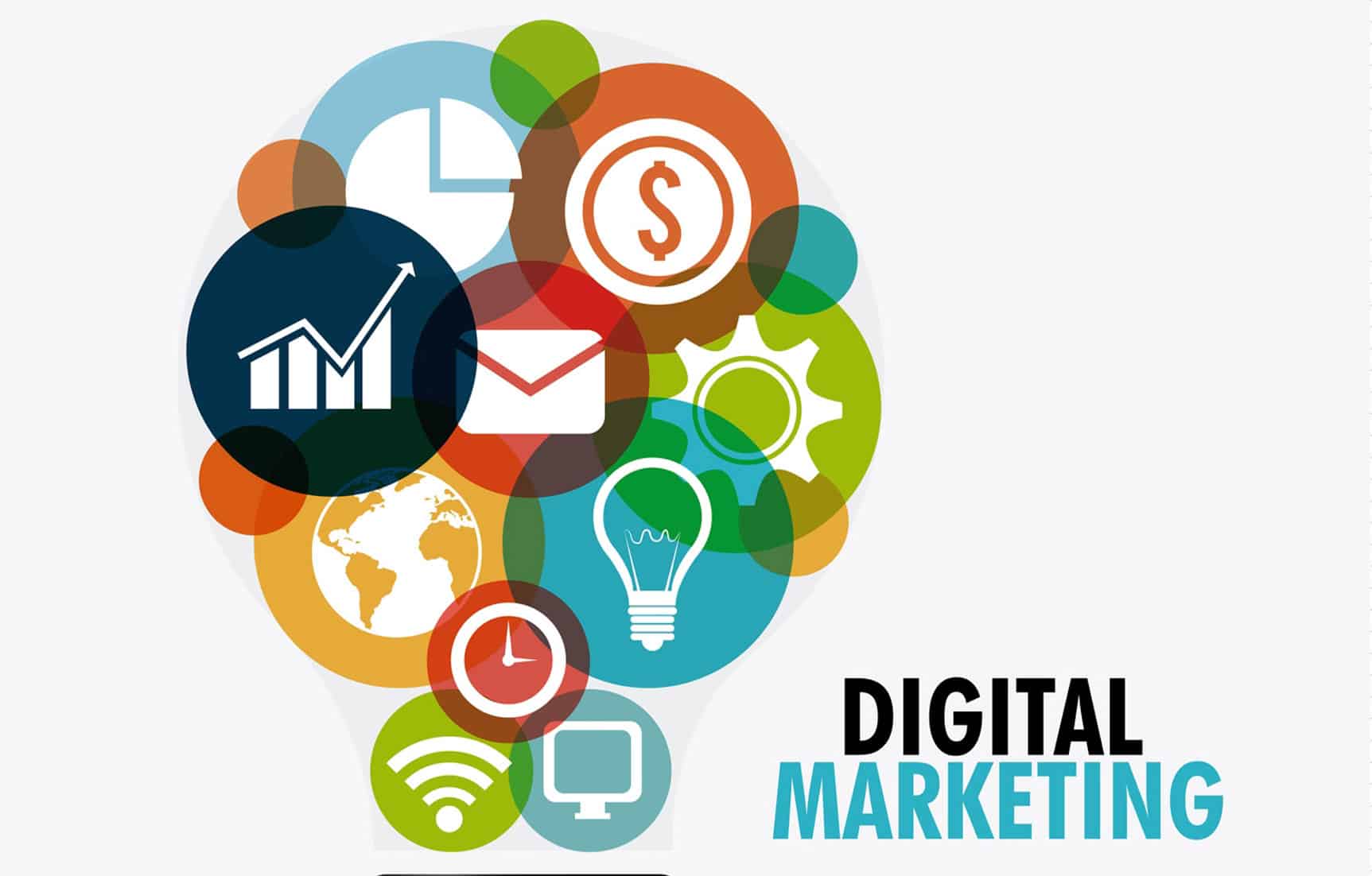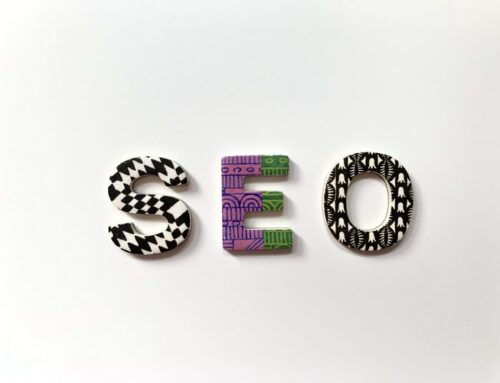When you read the headline to this blog, what is your reaction? Do you get a positive association, thinking that consumers benefit from using the Internet for buying decisions, or do you, as many consumers do, go ‘ad blind’ online? As with many other issues, reality is somewhere between the aforementioned scenarios. Let’s take a look at how consumers react to the digital offers and ads that top digital marketing agencies have produced using a variety of channels. Trends have been identified via a number of studies, and much of the data is broken out by consumers’ age and gender. The statistics reflect US consumer trends unless otherwise indicated. Here’s a great place to start:
Moz mentions Adobe research that estimates that nearly 200 million people block ads. So for the ads that do get through, here are some stats on how people react to them, and if they find value from these digital marketing disruptions.
With the ubiquity of social media one would think that it would be more influential on purchasing decisions than any other medium. Email, however, is still a very powerful influence used by top digital marketing agencies, as evidenced by a new study by Adestra:
1) A brand new study from Adestra highlighted on Marketingcharts.com mentions email as the top way that people want to communicate with brands. This statistic from the study may surprise you: More than 7 in 10 US consumers would prefer to receive email communications from businesses instead of SMS, push messages or direct mail.
2) The Adestra study also mentions that emails containing discounts influence purchasers more than online ads or review websites.
Capterra’s article ‘Statistics that Prove Email Marketing is (Still) Not Dead‘ continues to show email’s resilience and highly influential affect on people ready to buy.
3) Custora is quoted as saying that email drove more Black Friday transactions than any other medium.
4) Mailigen reports that 89% of marketers depend on email as their main source of lead generation.
Mobile Ads, Push Ads, SMS Ads and More
Top digital marketing agencies offer creative ways to leverage mobile advertising. There are a variety of ways that marketers can reach people on their phones, but which ones are the most effective? We offer some stats to consider in these categories so you can review how these options can play a part in your marketing mix. With smartphone penetration in the US approaching 80% and global use continuing to climb, mobile offers incredible advertising opportunities.
5) Push marketing effectiveness varies by industry. Andrewchen.co offers data from Kahuna that shows the breakdown, and some industries such as financial and utilities get up to a 40% CTR.
6) SMS message open rates: Shift Communications collected data from 1,000 respondents in September 2015 and found that 4 out of 5 people read every text message sent to them. Shift cautions marketers that this does not mean that they should move significant resources to SMS-based advertising, as it is more costly than email and can erode the trust companies have built with their customers.
7) Regarding mobile AdWords advertising, the tide is turning as more people now conduct searches on smartphones than on desktop computers. LeadHorse, in its article ‘4 Tips for Adwords Mobile Advertising’ (June 4, 2015) mentions a Wall Street Journal quote from a Target executive. It demonstrates that people who clicked on that retailers’ mobile ads spent more money in its stores than those who clicked on desktop ads. Mobile ads need to be highly relevant and marketers will need to decide the amount of resources they want to allocate to this channel, as ads at the top of the page get a higher click through rate (and these are more expensive). Top digital marketing agencies can help their customers find the right balance between AdWords, SMS, push and other mobile ad formats.
Social Media Ads
The returns that Twitter and Facebook can offer through their ad programs can be effective for many advertisers. We offer insights for marketers who are wondering how social ads stack up versus PPC, and what place social ads should have in their overall marketing strategy.
8) Moz’s October 30, 2015 article by Karen James ‘My Story: How Facebook Advertising Performed vs. Google AdWords‘ provides case studies that help marketers understand the pros and cons of Facebook advertising compared with advertising in Google AdWords. The main takeaway is that no single ad channel will drive the conversion results marketers want. In some cases Facebook ads have been determined to be the less costly alternative, but testing is important to find the right mix of Facebook advertising versus other ad buys.
9) Twitter ads can lead to higher CTR than Facebook but are more expensive. It’s key to work on making ads relevant to your audience. Social Media Today’s article ‘Are Twitter Ads Worth It?’ by Jason Parks (February 23, 2015) points out the pros and cons of Twitter ads. They are great for highly specialized campaigns but can fall short when it comes to lasting results.
10) YouTube ads’ targeting and low cost (approximately .10 – .30 per view) is highly attractive to advertisers as they get charged per completed view or 30 seconds of viewing time, whichever comes first. There are many other ways to use YouTube for advertising via Google AdWords. Some of the top digital marketing agencies have grown their strategies along with the rise of YouTube. YouTube has evolved from a network dominated by funny, short clips (those are still available in abundance) to a highly effective tool for marketers in every industry. The videos are embeddable on websites and are frequently shared on social media.
All of the stats mentioned above don’t even take into account the influence that organic search has on people who wish to make a purchase. One of the main tactics used today by top digital marketing agencies is content marketing that focuses on long-tail keywords. This strategy can build organic traffic because people are speaking and typing question-specific and longer searches into their mobile devices. Google may not rank your website highly for all of these searches, but as with most SEO activities, it takes some time to build momentum. Soon you will rank for these key phrases and lots of others that are related to them. People today reach for their iPads and phones when they want to know something. They increasingly make local-specific requests. It pays to write content around these long-tail keywords as the content will remain online indefinitely, or as long as you want it to. The return on investment can be high over time.
We have just touched the surface here about how the Internet influences buying decisions. Suffice to say that it has absolutely changed the way we all buy. Whether one prefers email offers, social media messages and ads, or mobile ads, people are influenced greatly by online channels. There was some worry a few years ago that brick and mortar stores would become mere showrooms for people who looked at products live, then went home and ordered them online. Actually many businesses have discovered the opposite is true. They are paying attention to their digital campaigns so their websites can grab as many page 1 search positions as possible.






 CERTIFIED EXPERT
CERTIFIED EXPERT